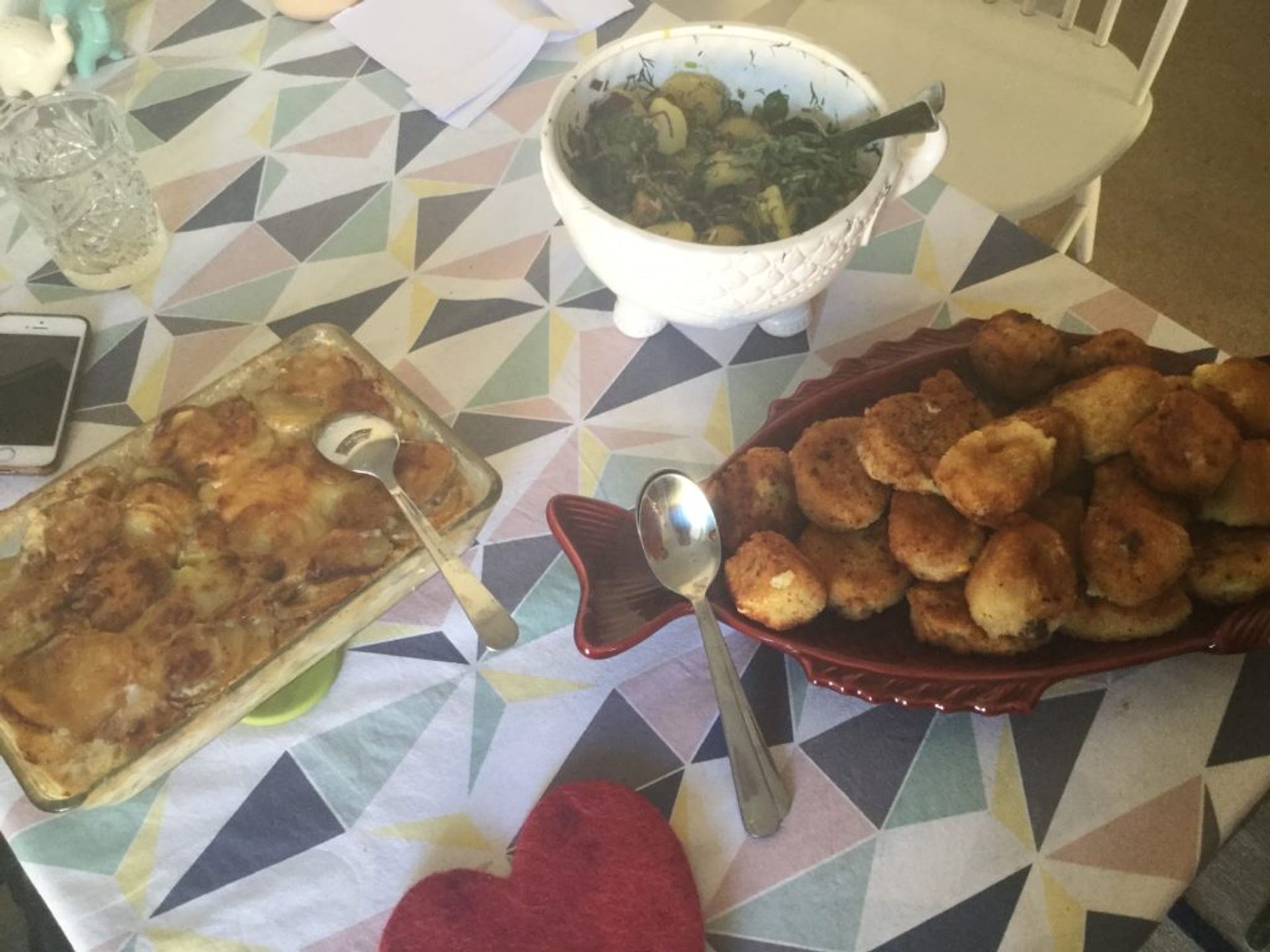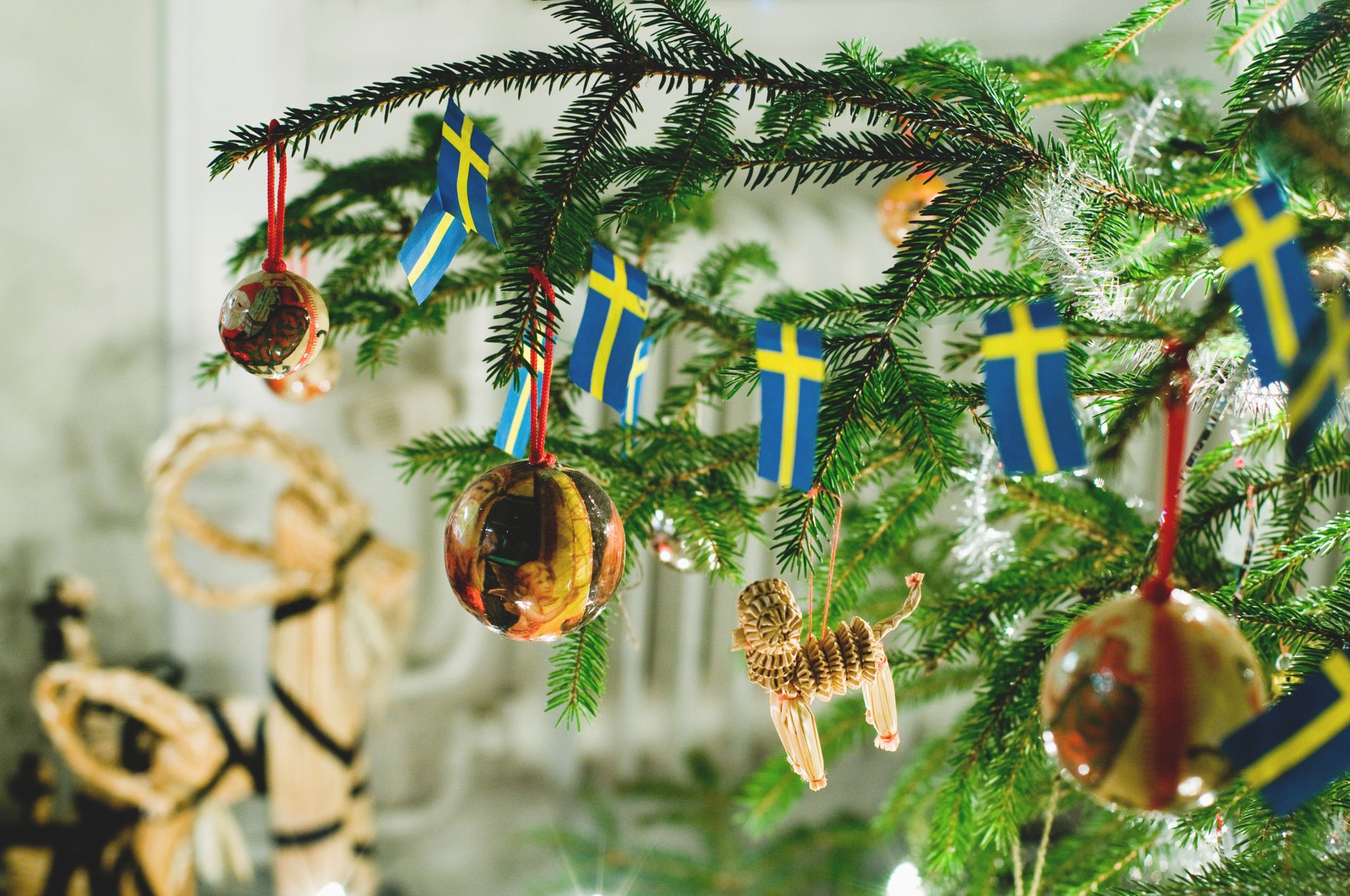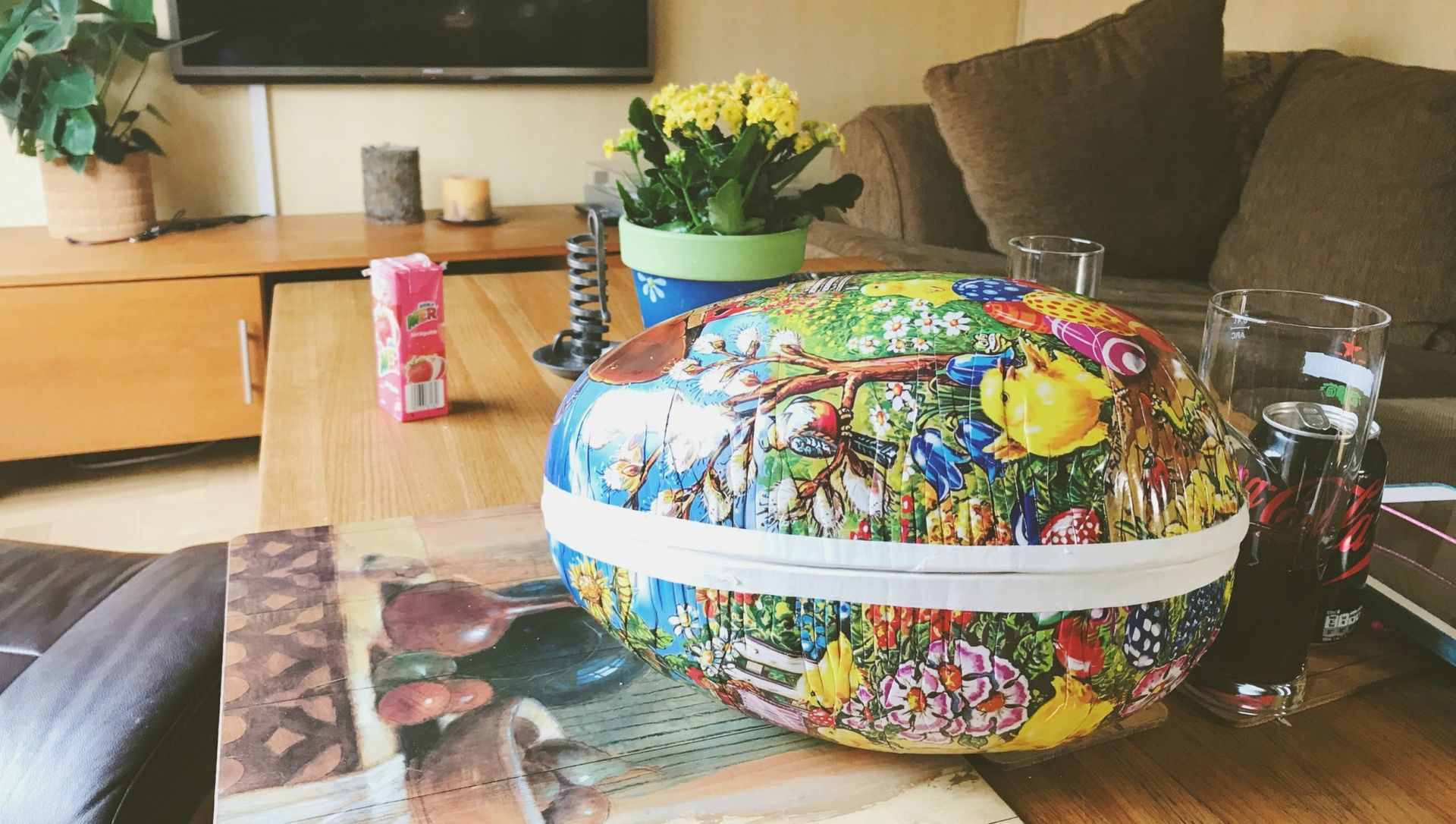
Written by Emma
02 Apr 2018
The thesis statement
My friend Sia, a fabulous Swede and a woman brimming with pearls wisdom, once said on the Study in Sweden podcast: “Everyone knows that Swedish people just eat the same thing for every holiday.”
To interrogate if this bold claim is in fact true, I asked a few Swedes from up and down the country whether there was anything particular different about their Easter dinner compared to what they eat at other celebrations.
The expert opinions: The Swedes
Beatrice, my former roommate, is a legend of a woman from Säffle. Säffle is a small town near the Norwegian border, around 18 miles from Oslo, and is a town characterised by (according to Beatrice): “quiet, gossip and nature”. She travelled back to her family home for the Easter break, and described her påskbuffet to me in the conversation below:
Me: what did you eat for your easter meal today / is that a normal thing you eat every easter?
Beatrice: We have the same thing every year, it is the same as the Swedish Christmas lunch.
Me: i love it. what does that consist of?
Beatrice: Meatballs, smoked salmon, eggs, beetroot salad, herring, janssons frestelse*, påskmust**…Mini sausages..Hm. And what else. This is the main. Cut eggs with mayo, dill and shrimp on them.
*”Jansson’s temptation is a traditional Swedish casserole made of potatoes, onions, pickled sprouts, bread crumbs and cream” – source: the all-knowing Wikipedia. (I have not eaten this since I have lived here but based off of that description – does Foodora deliver it? Sign me up!)
**Påskmust – A Very Special (also sneaky and deceptive) soda. I will elaborate on this later.
To get a varied opinion on this subject matter, I spoke to Axel, a tall Viking of a man studying Medicine in Linköping about his relationship with the påskbuffet. This conversation was on the telephone so I’ll transcribe roughly.
Axel: The only things that are definitely similar are julmust/påskmust and herring. Meatballs may also feature at multiple festive occasions. There’s always pickled herring when there’s a celebration. At Easter there is more egg. But you’ll also find hard boiled eggs at the Christmas lunch… I mean at Easter there is definitely *more focus* on The Egg. Okay, more poultry, less ham at Easter. Okay I just Wikipedia-ed my own country’s Easter food and we DO have ham at Easter too ?! We also have Deviled Eggs – eggs with a nice sauce on. Oh god we really do eat the same food at every celebration. WAIT: okay the way to distinguish it is, every celebration has their own main course – e.g at Easter it’s lamb. But everything on the periphery – the potatoes, the herring, the eggs – stays the same.
Thanks, Axel.

The positive that I’m taking away from this so far is that if it is in fact true that Swedes do eat a lot of similar things at each celebrations, that means you just get to know the culture a lot more intimately! If there is less to remember, that means it’s more likely you’ll pronounce these Swedish words you’re using more often better, if there are fewer cuisines on offer that means it’s more likely you’ll master making them, and you can bring more of your own contributions from your own home countries into the mix! Perhaps I’m stretching the idea a bit – but if you’re a lazy chef like me, this element of repetition (perhaps “consistency” is kinder) makes me feel very at home in Swedish culture.
If true, why?
Capitalism. Sorry to be *that guy in your Intro to Political Science class*, BUT everyone in Sweden knows julmust and påskmust are the same thing just with different labels! And yet they parade as if they are something different – as if the “jul” (Christmas) taste is different from the “påsk” (Easter) taste. But they have exactly the same ingredients! However, it is still fantastic and I will still drink it every festive occasion possible. When I asked some Swedes about the idea of a “sommarmust” to tie in with Midsommar celebrations in June, the resounding answer was “absolutely not.”
History!! This is much more important than the first answer (which was a bit silly, apologies, but I think many people are rightly suspicious about the påskmust/julmust switch-up…) When I asked my friend native of Skåne, resident of Uppsala, and all-round culture/history buff, he said:
This answer was so lovely! And may go a long way to explain some of the repetition between dishes. There is a long historical lineage of appreciation for food, and the food which Swedes have today speaks to cultural memory: Sweden may be a prosperous nation now, but once upon a time it was less so, and it is nice to have a harmony with history, in many ways. Betty, a friend, wonderful actor and also a history guru from Linköping, added: “A lot of our traditions were created when we had a hunger crisis and a big portion of the poor people had to eat grass soup with pieces of leather boots in it.” Yikes!

Emilia, a fellow connoisseur of English pubs in Sweden like me and native of Uppsala, added:

So there you have it! The overwhelming consensus is that Sia was right: Swedes really do eat very similar things for each celebration. But, there is a sentimental, wholesome and historical reasoning for this – and that’s a pretty special thing, right!
Have you tried any of the above suggestions? Leave a note in the comments if so!





